Easy to make with a few simple ingredients, these lemon crinkle cookies are such a delightful treat. The distinct crackled surface, along with the bright yellow color, makes for an eye-catching treat that everyone will want to try.
These cookie recipe has a slightly crisp edge with a soft and pillowy center. Thanks to the lemon zest and juice, these cookies have a pop of citrusy flavor that everyone will love. Want another lemon dessert recipe? Try my lemon bars recipe, lemon tart recipe, and lemon cupcakes recipe.
What You Need to Make This Recipe
Lemon zest — using lemon zest adds a ton of lemon flavor to the crinkle cookies. You can add more if you want a stronger lemon flavor without increasing the liquid amount from lemon juice.
Butter — always use unsalted butter to ensure the cookies are not too salty. Salted butter does not have the same amount of salt across different brands, so you should add your own.
Lemon juice — as you’ll need lemon zest, you should juice the lemons afterward for fresh lemon juice. While bottled lemon juice is convenient, it does not taste as fresh or bright as freshly juiced lemons.
Baking soda — make sure it is fresh and not expired.
Powdered sugar — rolling the cookie dough in the powdered sugar really highlights the crinkle look of the cookies as the cookies spread in the oven. If you do not have powdered sugar, see my guide on making powdered sugar.
How to Make Lemon Crinkle Cookies
1. Zest the lemons.
2. In a large bowl, whisk together the sugar, lemon zest, and salt. For extra flavor, rub the sugar and zest together with your fingers until the mixture feels like wet sand.
3. Pour the melted butter, eggs, lemon juice, and vanilla into the sugar mixture.
4. Whisk until well combined.
5. Whisk together the flour and baking soda in a small bowl. Add it to the wet mixture.
6. Fold the flour mixture into the sugar mixture until well combined. Cover and refrigerate for at least 4 hours or up to 12 hours.
7. With a cookie scoop, scoop out 12 balls of the chilled dough. Roll the scooped cookie dough between your palms to form smooth dough balls.
8. Coat each cookie dough ball very well with the powdered sugar, and place 1½ inches apart on a lined baking sheet. Bake for 12 to 14 minutes or until the tops crack and the bottom edges are just starting to brown. Let the lemon crinkle cookies cool on the pan for 2 minutes, then transfer the cookies to a wire rack and allow them to cool completely. Repeat the scooping, rolling, and baking process with the remaining dough.
Pro Tips for Making This Recipe
- I recommend bringing the eggs to room temperature, so they incorporate into the batter without mixing. If you forgot to bring the eggs out, place them in a bowl of warm tap water to help warm them up.
- Remember to zest the lemon before juicing! Also, when zesting the lemon, make sure only to zest the yellow parts. The white layer underneath is bitter.
- To get more juice from the lemons, roll them under your hand on the countertop to loosen the juices.
- Careful not to overmix the cookies, or they’ll be dense.
- Rubbing the lemon zest into the sugar helps the oils from the zest to release and absorb into the sugar. It strengthens the lemon flavor in the crinkle cookies, and I do not recommend skipping this step.
- You want to work quickly when rolling the cookie dough and coating it with powdered sugar, so the dough doesn’t get too warm before baking.
- I highly recommend using a scale to measure your flour. However, if you don’t have a scale, be sure to fluff your flour with a spoon and then sprinkle it into your measuring cups before leveling it off with a knife. This method is the best way to measure flour without overpacking the cup.
Frequently Asked Questions
Why are my crinkle cookies not crinkling?
Make sure to bake one sheet of lemon crinkle cookies at once. Doing so ensures the top of each cookie will dry from being exposed to the heat source, giving the cookies the crinkling effect as the cookie spreads. If you have two sheet pans, the top tray blocks the heat from the sheet underneath, and the second sheet won’t be as crinkly.
What if my dough is too sticky to roll?
If your cookie dough is too sticky to roll, simply chill the dough for a longer period of time. A little bit of extra flour will also help, but you do not want to add too much additional flour to the dough, or the cookies will be dense, and it’ll affect the spread of the cookies.
Can I use a different citrus?
If you want to change things up, you can swap the lemon juice and zest for a different citrus, such as lime or orange. Running low on lemon? Try my chocolate crinkle cookies!
Why are my cookies flat or too thin?
Make sure to chill the dough! If the cookies are too thin and flat, the dough was not cold enough when it went into the oven and caused the cookies to spread out thinly. If the dough is warm after you’ve rolled them into balls, place them back into the fridge before coating in powdered sugar.
How do I store the cookies?
You can store the cookies in an airtight container for up to 5 days at room temperature. Be gentle when moving the cookies around to avoid rubbing off the powdered sugar.
How do I freeze these cookies?
Once cooled, transfer the lemon crinkle cookies to a lined sheet pan and flash freeze them. Once frozen, transfer to a freezer-safe, airtight bag and freeze for up to 4 months.
If you’ve tried this Lemon Crinkle Cookies recipe, then don’t forget to rate the recipe and let me know how you got on in the comments below, I love hearing from you!
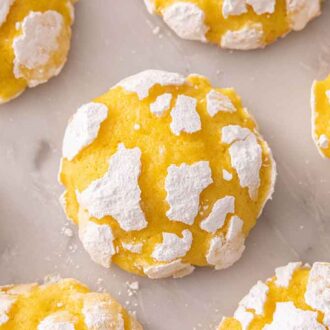
Lemon Crinkle Cookies
Video
Equipment
- Mixing Bowls
- Cookie sheets
- Spring-loaded scoop
- Wire cooling rack
Ingredients
- 1 cup granulated sugar (200g)
- 1 tablespoon grated lemon zest
- ½ teaspoon salt
- ½ cup unsalted butter melted (113g)
- 2 large eggs
- ¼ cup fresh lemon juice (60ml)
- 1 teaspoon vanilla extract
- 2⅓ cups all-purpose flour (280g)
- ½ teaspoon baking soda
- ¾ cup confectioners’ sugar (98g)
Instructions
- In a large bowl, whisk together the sugar, lemon zest, and salt. For extra flavor, rub the sugar and zest together with your fingers until the mixture feels like wet sand. Whisk in the melted butter, eggs, lemon juice, and vanilla until well combined.
- In a small bowl whisk together the flour and baking soda. Fold the flour mixture into the sugar mixture until well combined. Cover and refrigerate for at least 4 hours or up to 12 hours.
- Preheat the oven to 350°F. Line 2 cookie sheets with parchment paper.
- Add the confectioners’ sugar to a small bowl and set it aside.
- Scoop 12 balls of the chilled cookie dough using a 1 ½ tablespoon spring-loaded scoop. (You can use a heaping tablespoon if you don’t have a spring-loaded scoop). Cover and place the remaining dough back in the fridge.
- Roll the scooped dough between your palms to form smooth balls. Coat each dough ball very well with the confectioners’ sugar, and place 1 1/2 inches apart on a lined baking sheet.
- Bake for 12 to 14 minutes or until the tops crack and the bottom edges are just starting to brown. Let cool on the pan for 2 minutes then transfer the cookies to a wire rack and allow to cool completely. Repeat the scooping and baking process with the remaining dough. Cookies can be stored in an airtight container for up to 5 days.
Notes
- I recommend bringing the eggs to room temperature, so they incorporate into the batter without mixing. If you forgot to bring the eggs out, place them in a bowl of warm tap water to help warm them up.
- Remember to zest the lemon before juicing! Also, when zesting the lemon, make sure only to zest the yellow parts. The white layer underneath is bitter.
- To get more juice from the lemons, roll them under your hand on the countertop to loosen the juices.
- Careful not to overmix the cookies, or they’ll be dense.
- Rubbing the lemon zest into the sugar helps the oils from the zest to release and absorb into the sugar. It strengthens the lemon flavor in the crinkle cookies, and I do not recommend skipping this step.
- You want to work quickly when rolling the cookie dough and coating it with powdered sugar, so the dough doesn’t get too warm before baking.
- I highly recommend using a scale to measure your flour. However, if you don’t have a scale, be sure to fluff your flour with a spoon and then spoon it into your cups before leveling it off with a knife. This method is the best way to measure flour without overpacking the measuring cup.



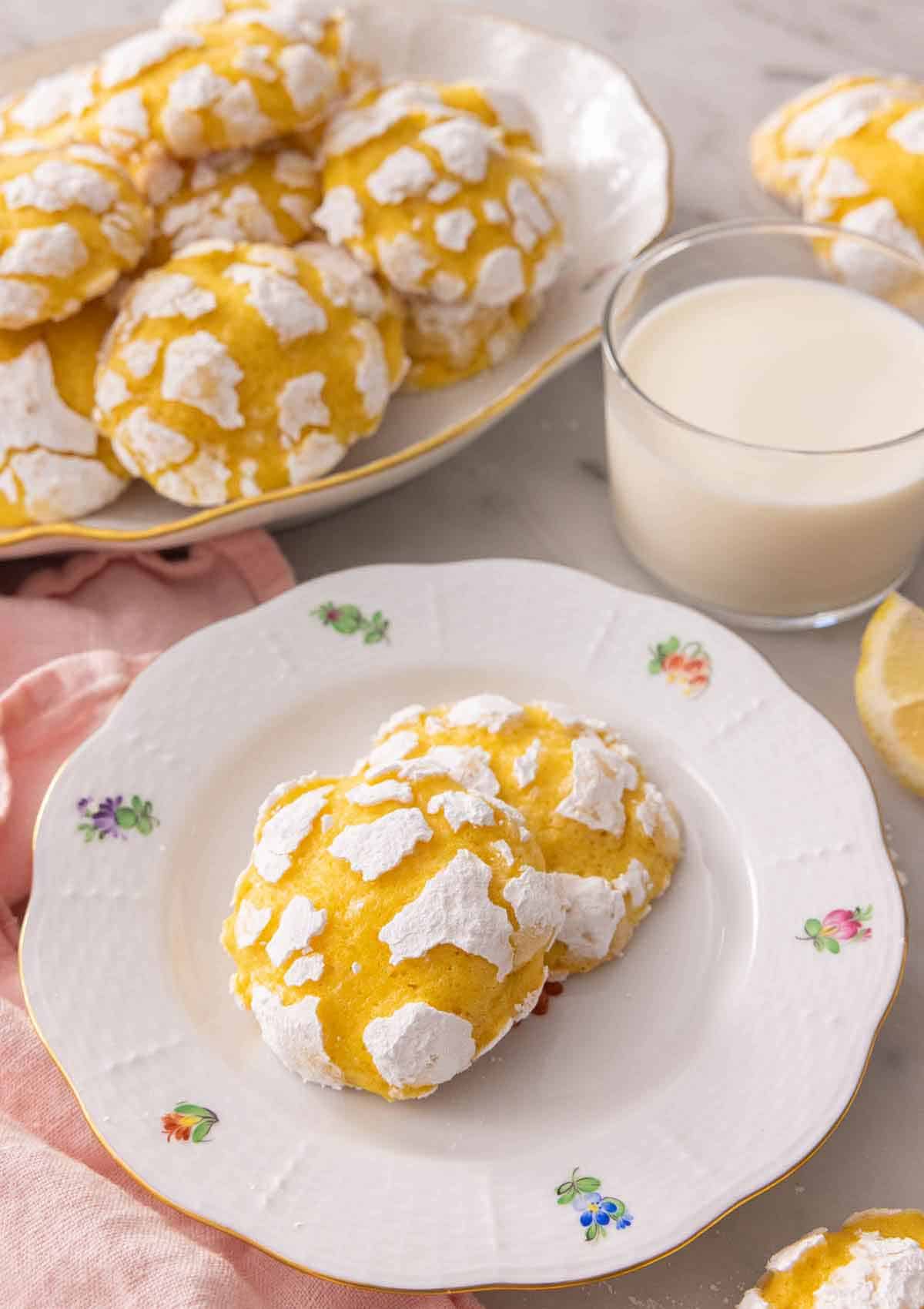



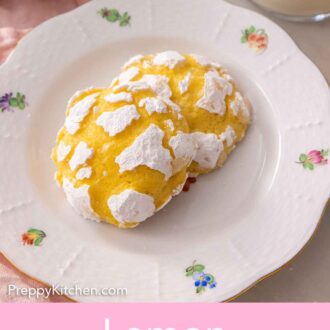

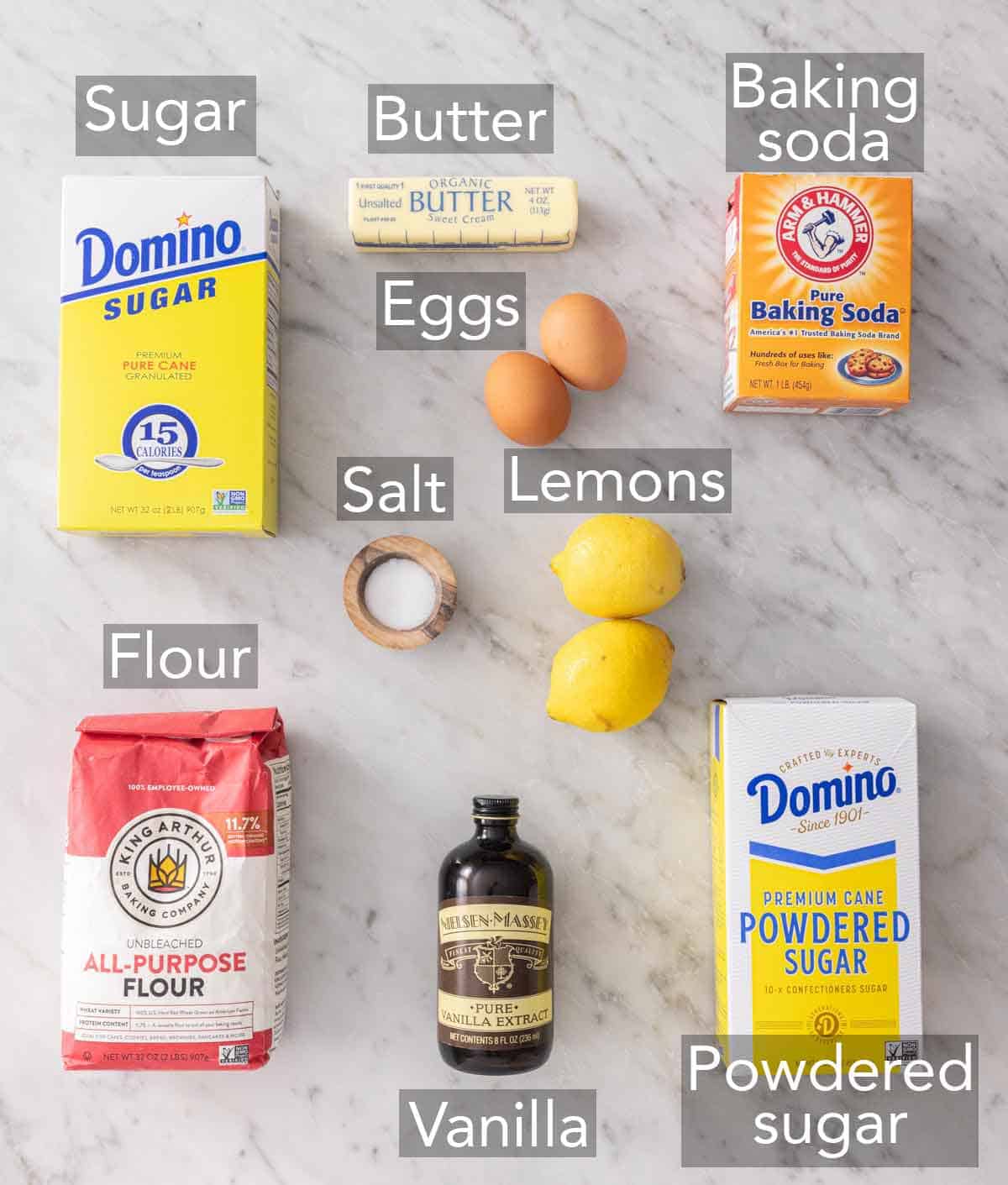
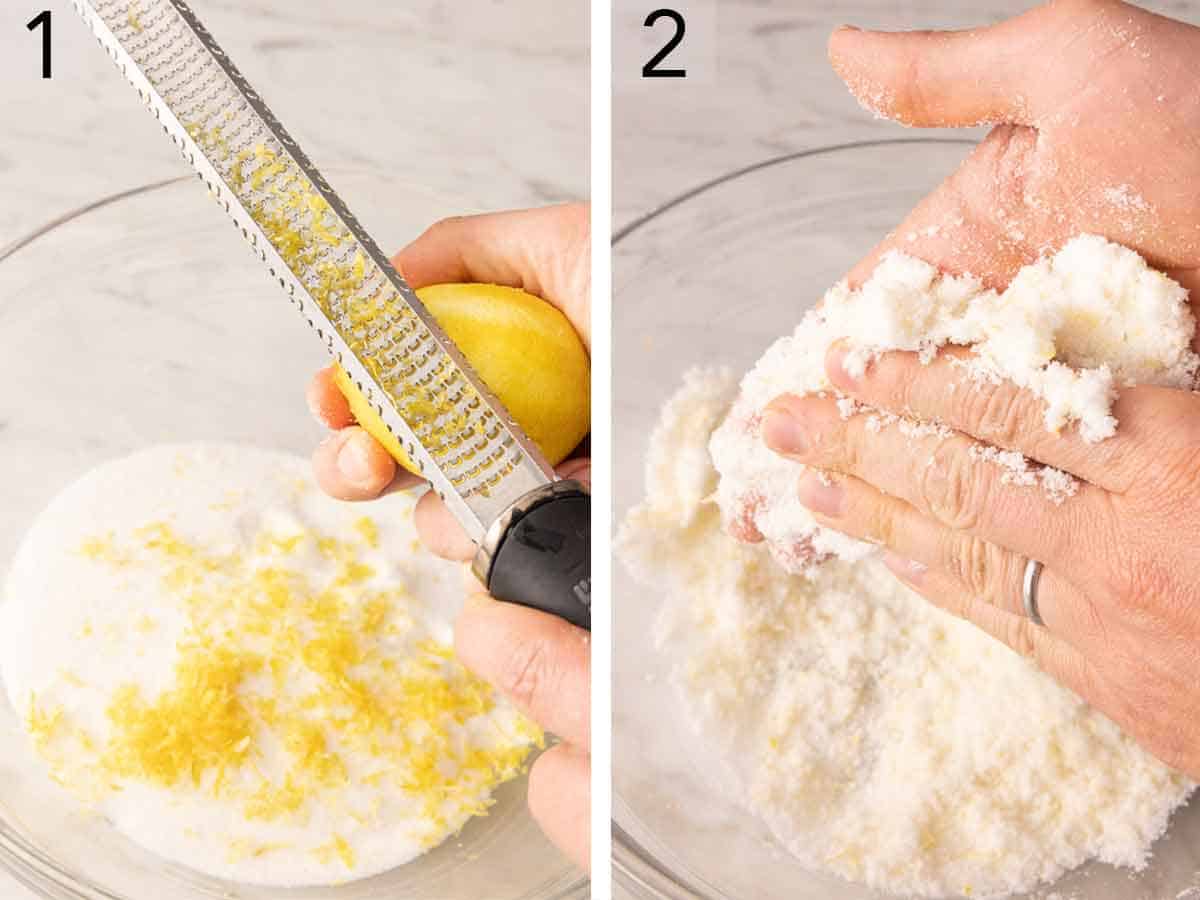
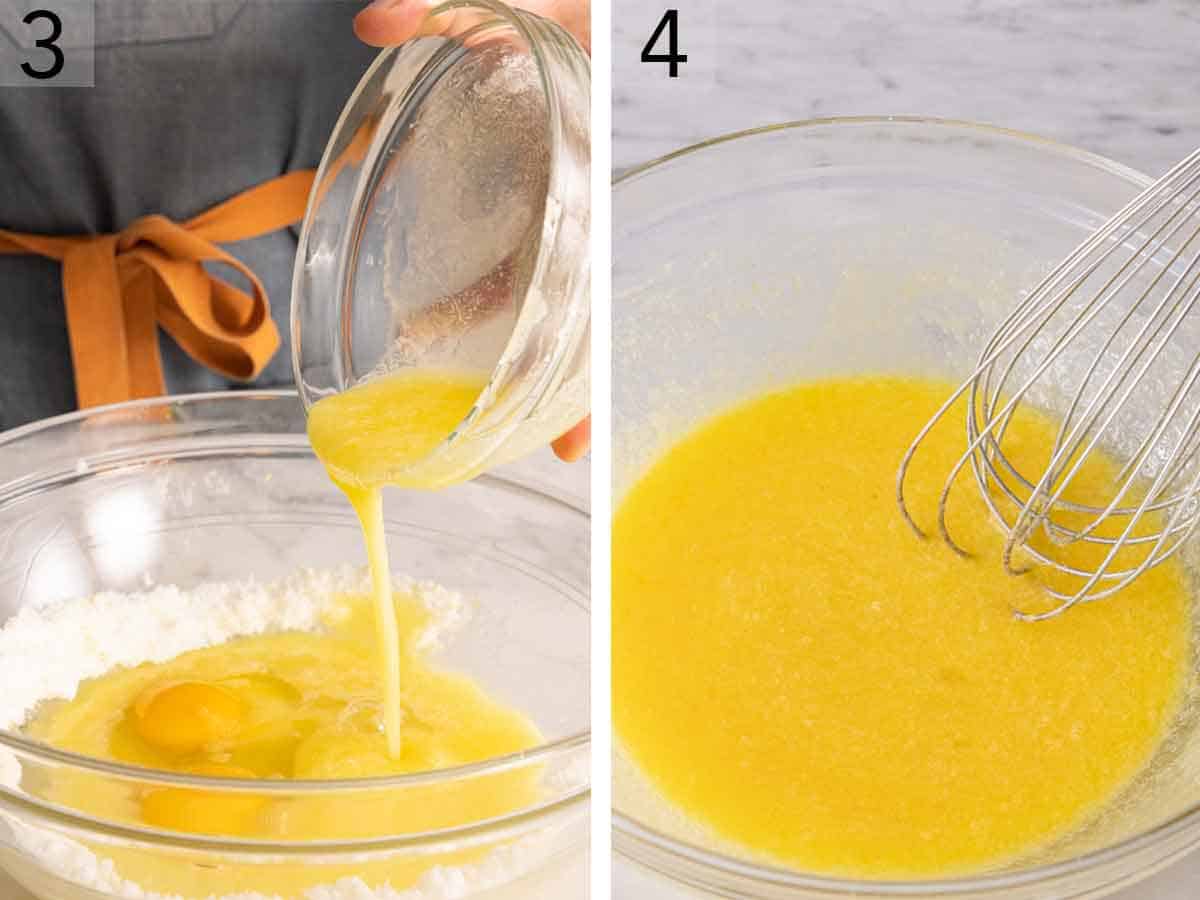
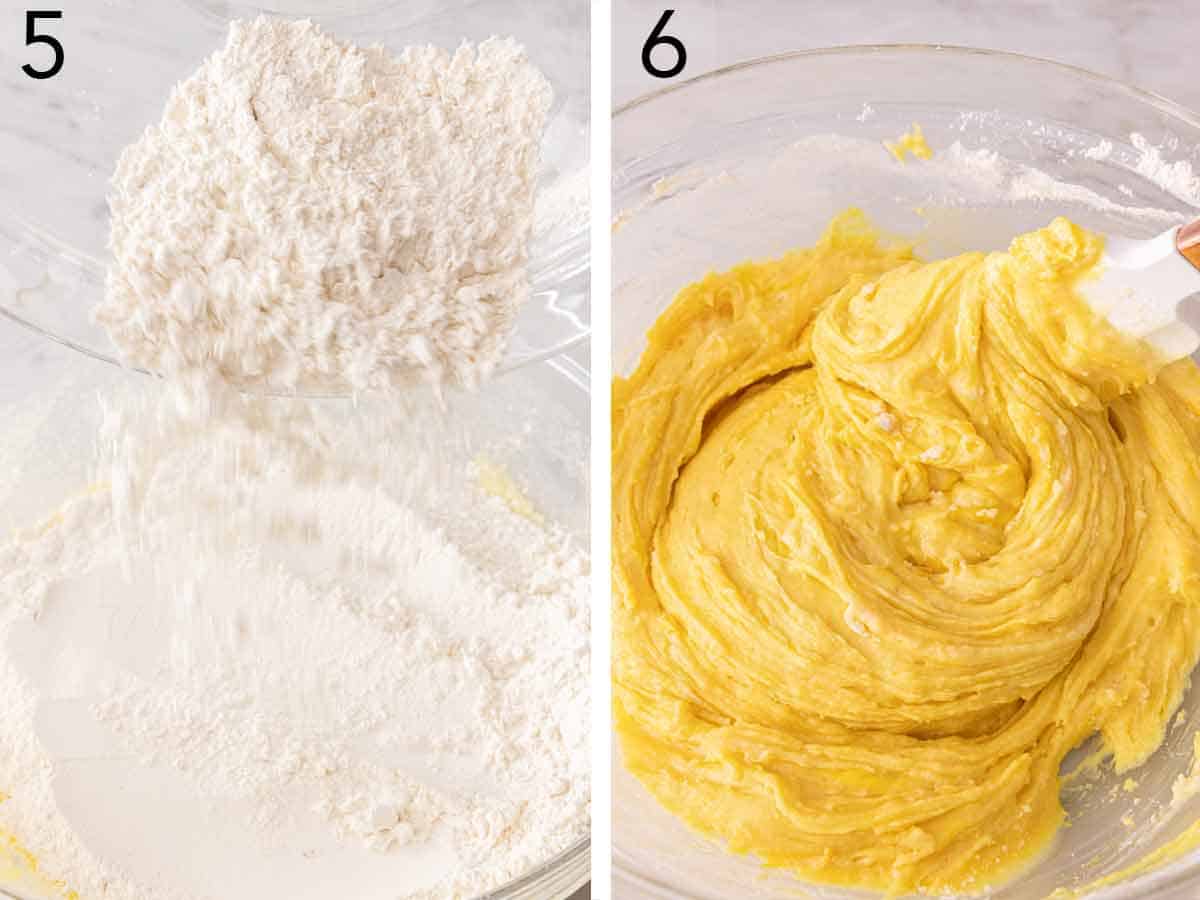
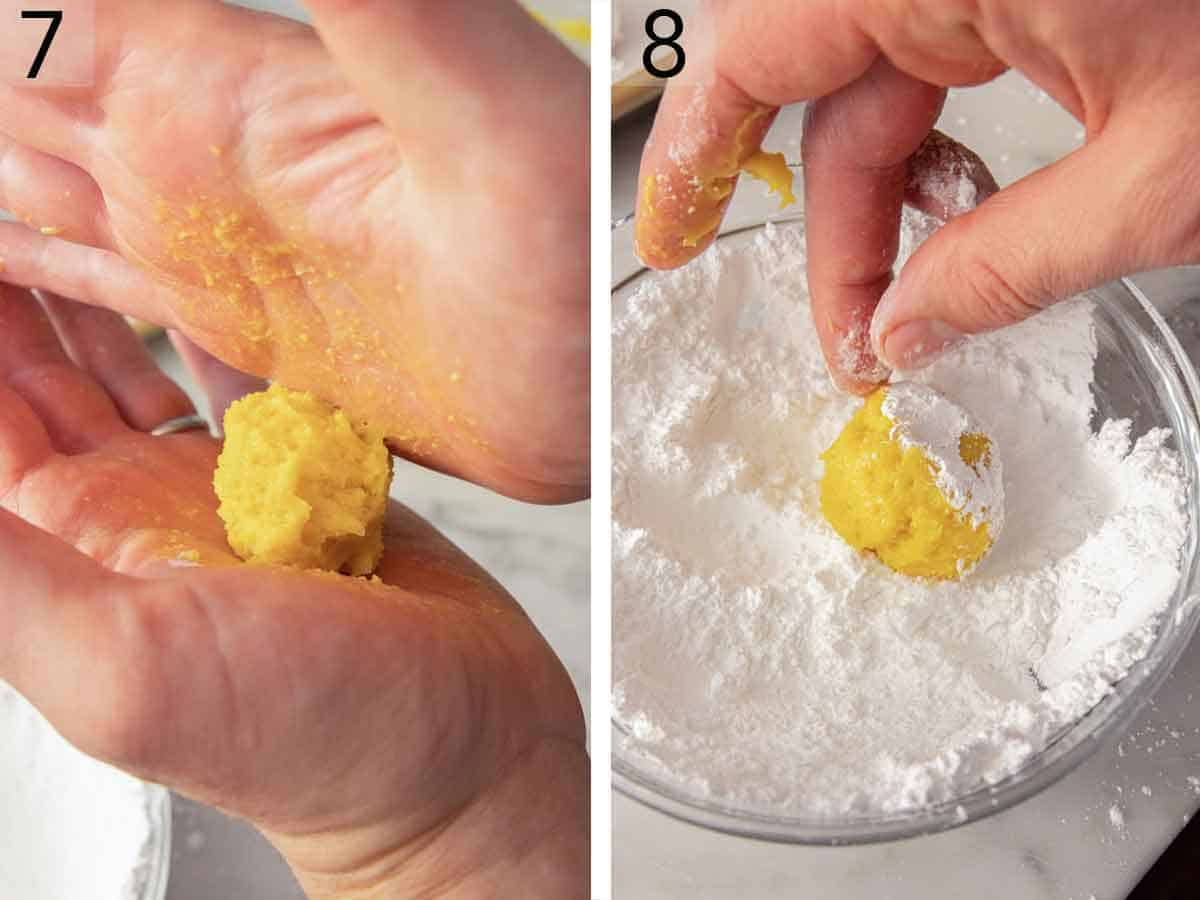
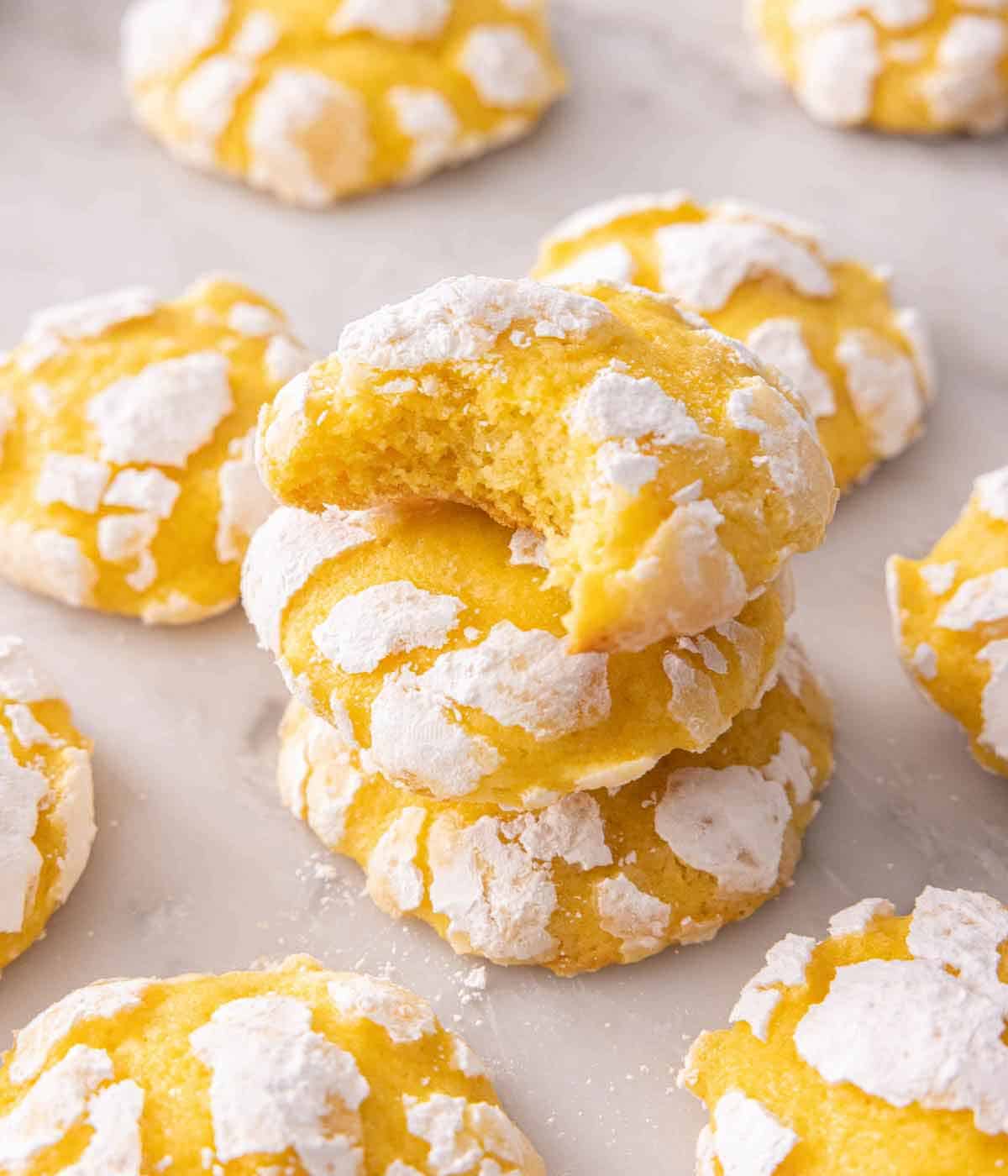
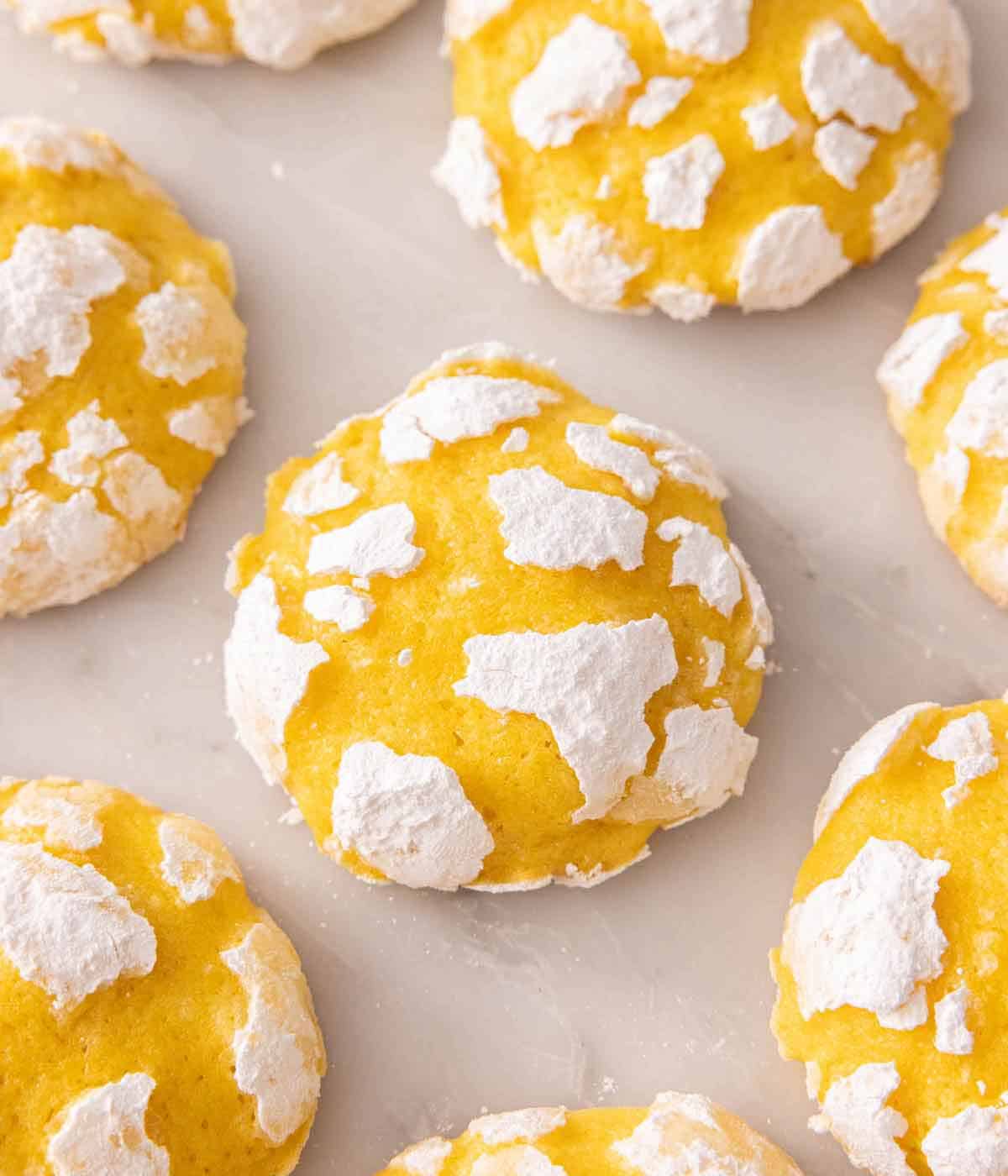


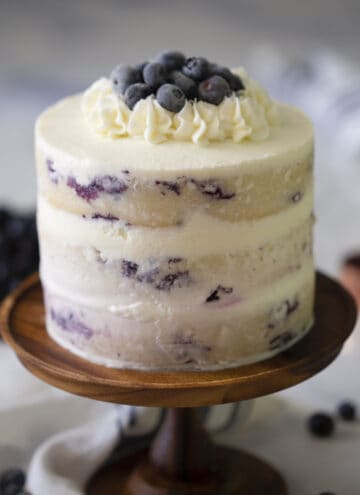
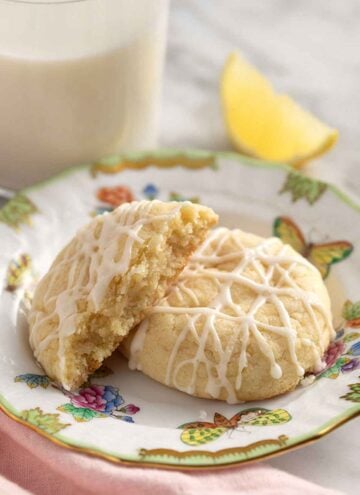


I work at a ma and pa cafe. I love to share my treats with my guests these were a huge hit
Soooo, I adapted your recipe to use a different flavour and they were divine! I made a triple batch and gave them away for xrissy, only had one complaint… not enough cookies! Thank you for the recipe